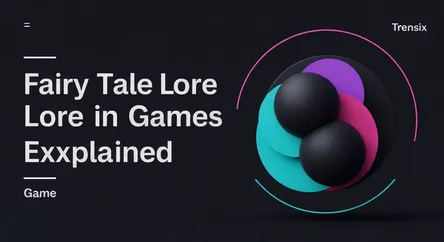Game
Fairy Tale Lore in Games Explained

Discover the magic of fairy tales in video game lore. Explore how classic stories and archetypes shape modern fantasy worlds and engaging narratives.
What is it?
Fairy Tale Lore in gaming is the use of characters, themes, and narrative structures from traditional folklore as a foundation for a game's world. This goes beyond simple princess stories to include archetypes like the dark forest, magical curses, and trickster figures. Developers leverage these well-known elements to build recognizable yet unique experiences. Games like The Witcher series are deeply rooted in Slavic folklore, while titles like The Wolf Among Us and Fable build entire worlds by reinterpreting classic Western fairy tales.
Why is it trending?
The appeal of fairy tale lore is timeless. These stories provide developers with a powerful narrative shorthand, instantly conveying ideas about morality, magic, and heroism. The trend is also fueled by a desire for subversion; players are drawn to darker, mature adaptations that twist familiar tales. Games like Lies of P, a grim take on Pinocchio, showcase this perfectly. This allows for fresh storytelling that re-examines classic narratives through an interactive lens, offering surprising twists on well-trodden ground.
How does it affect people?
For players, fairy tale lore creates an immediate sense of connection. The familiar archetypes make complex fantasy worlds more accessible and immersive. It taps into a shared cultural consciousness, evoking childhood wonder while often presenting challenging, adult-oriented themes. This blend of the familiar and the new can lead to powerful emotional moments as players see beloved stories reimagined. It allows them to actively participate in the narrative, shaping their own version of a timeless tale and making the experience deeply personal.